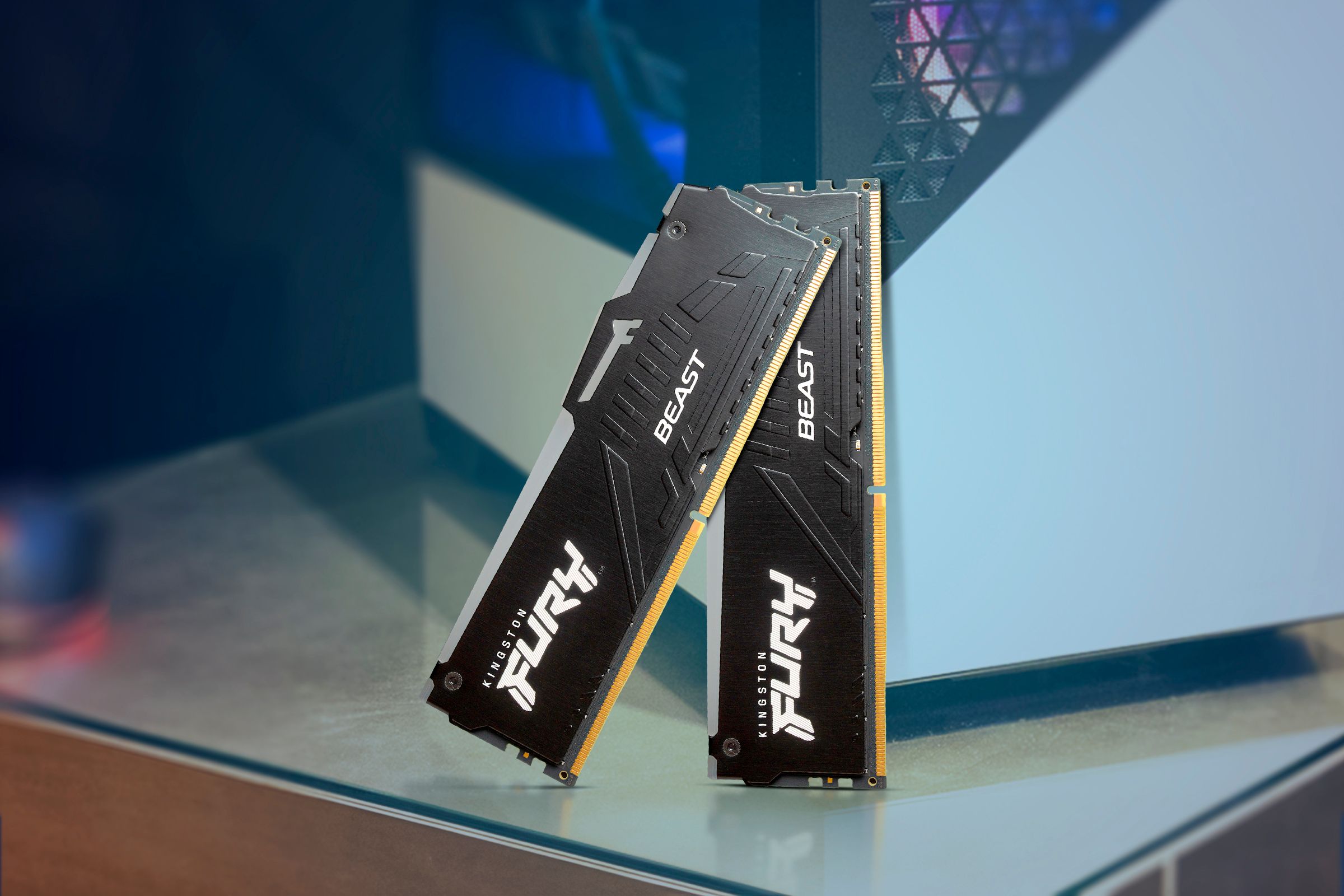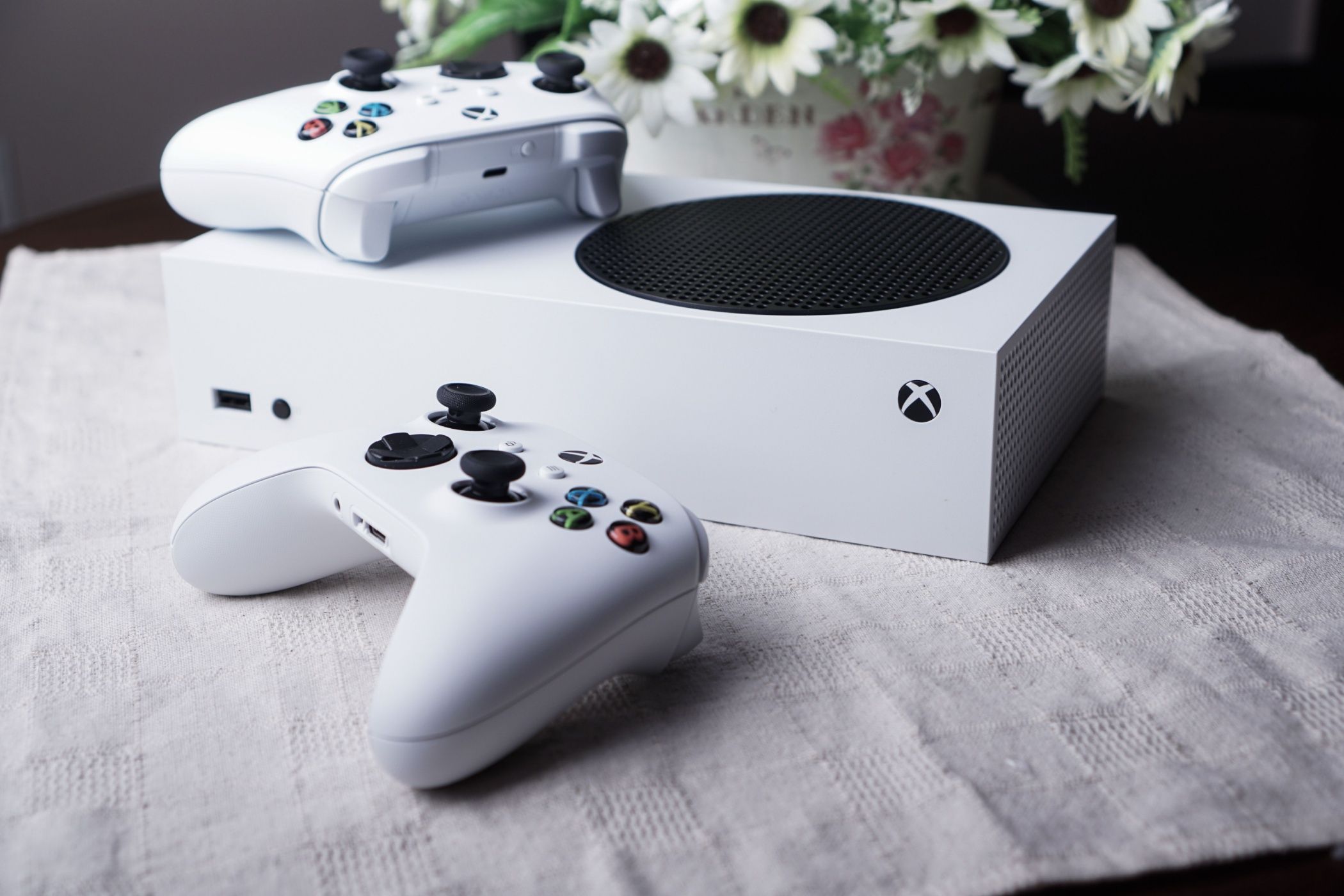Samsung Tablets Are the Only Good Android Tablets
Samsung Phones & Tablets
Quick Links
-
Samsung Offers a Tablet in Every Price Range
-
They Also Come in the Most Sizes
-
And There’s the Only Ultra High-End One (in the US)
-
You’d Think You’re Using a PC
-
Plus, You Get the Best Baked-In Apps
-
Most Importantly, Those Updates
I love Android tablets, sometimes enough to replace my PC. But unlike phones, there’s barely any competition with Android tablets. One thing has been true for several years now: Samsung tablets are the best you can buy.
Samsung Offers a Tablet in Every Price Range
I fell in love with Android tablets back in the years of Android Honeycomb, when companies were tripping over themselves to release an Android tablet. This many years later, Samsung remains the only company that is still all-in on tablets. There’s one on offer at every price range.
This is important. Consider Google, which only has one tablet on offer, the $400 Pixel Tablet. It costs more than I want to spend on a tablet for my kids, but it’s not quite powerful enough for me to use as a workhorse. The end result is that I just don’t buy it.
With Samsung, you can go all the way up to the high-end Galaxy Tab S10+ and Tab S10 Ultra, whose capabilities are on par with flagship phones. Or you can go all the way down to the Galaxy Tab A9+, which is the one I bought my son. In that case, it’s absolutely great for a kid.
They Also Come in the Most Sizes
The Galaxy A9+ is an 11-inch tablet. If that size works for you, you can find more premium options in the Galaxy Tab S9 and S9 FE.
The Galaxy S9+ bumps the starting size up to 12.4 inches. That’s what you get with the S10+ as well (there is no base Galaxy Tab S10). The Galaxy Tab S10 Ultra goes all the way up to a colossal 14.6 inches.
Personally, I dig the 12.4-inch form factor. I was never a big fan of 15-inch laptops, and a tablet that size is only marginally more portable. However, I can absolutely see the appeal of using a Tab S10 Ultra as a small, movable TV with a stunning display.
What about smaller tablets? Samsung used to offer those, but there currently isn’t one available at the size of an iPad Mini. This could be because Samsung offers book-style foldables like the Galaxy Z Fold 6, which has a 7.6-inch screen. It’s absolutely in a different price bracket, but owning one has definitely removed any desire I had for a small tablet. My phone is one.
And There’s the Only Ultra High-End One (in the US)
High-end tablets are a niche thing. Many people would rather spend a grand on a laptop than a tablet since the former offers a more flexible OS.
But PCs and tablets are different things. I personally prefer tablets, and if I’m going to buy one, why should the form factor limit the quality of the specs and materials? Samsung is the only company that offers an ultra high-end option in the form of the Galaxy S10 Ultra.
Among high-end tablets in general, the competition is sparse but growing. The OnePlus Pad 2 is the best value alternative to the Galaxy Tab S10+, offering similar specs for half the price. Yet you can expect corners to be cut, and in this case, it’s the display. OnePlus provides an LCD panel instead of Samsung’s AMOLED.
Lenovo announced the Yoga Tab Plus at CES 2025, which is priced somewhere between the two. It, too, offers similar specs but an LCD display.
You’d Think You’re Using a PC
The first few times I tried to replace a PC with a tablet, it was a bit of a paradigm shift. Tablets have traditionally functioned more like large phones than laptops. Well, the times have changed.
Samsung tablets now provide a taskbar that makes them feel more like a Windows PC or, rather, a Chromebook. Samsung devices also let you manage apps in floating windows like on a PC, even on their phones. With Samsung DeX, you can make the experience feel even more like a laptop.
I work full-time from my phone, and I’m writing these words using Samsung DeX right now. It’s not going to replace Windows if you need specific desktop software, but the Android app ecosystem is mature enough for many of us to do our jobs. Between Obsidian, Samsung Notes, and MobiOffice, I have everything I need to manage documents and write for the web.
Plus, You Get the Best Baked-In Apps
Samsung doesn’t just offer the most desktop-like experience; it also has the best pre-installed apps. It’s easy to dismiss this software as duplicative and bloatware, but personally, I’d more quickly consider Google’s apps to be bloated. The Samsung tools are the ones I want.
Samsung Notes is my preferred digital note-taking app, and it also opens PDFs, saving the need to search the Play Store for a document viewer. You can sign PDFs in Notes, export them back to PDF, and email the file back to the sender. You can write documents and export them as DOCX files. If Samsung Notes let me change my font and display word count, I’d have little need for either Obsidian or a separate word processor.
Samsung Gallery is my favorite way to view pictures saved directly to my device. It does a good job organizing my photos and gives me the options I need to create albums for the images I want and hide those I don’t. Samsung My Files is so feature-complete that I find it faster to use than the file manager on my old laptop. I’m listening to my downloaded MP3s using Samsung Music right this moment. I could go on, but you get the idea. And unlike Google, none of these apps require an account or a connection to the cloud.
Most Importantly, Those Updates
Samsung’s biggest advantage over the competition isn’t specs or build quality. It isn’t even in the apps. It’s the fact that Samsung stands by its tablets with many years of updates. If you buy a Galaxy S10+, you will get seven years of updates, just like if you purchased one of the company’s high-end phones.
Even if you buy the cheapest Samsung tablet, the A9+, you can expect at least three years of updates. Put simply, if you go buy the cheapest Samsung tablet from Best Buy today, you’ll get Android 15 at some point. The same can’t be said if you buy the cheapest one from Lenovo.
To drive the point home: Lenovo’s flagship Yoga Tab Plus launched with Android 14 three months after Android 15 was already available for Pixels. The tablet is out-of-date out of the gate.

Samsung Galaxy Tab S10+
$142
- Brand
-
Samsung
- Storage
-
256GB, 512GB
$999.99 at Samsung
$858 at Amazon
$999.99 at Best Buy
I’m glad to see OnePlus and Lenovo offering more premium tablets. Android benefits from its diversity, and it wasn’t great to have several years of Samsung being the only company to make a genuine effort. With three years of updates, a OnePlus Pad 2 is by no means a bad buy. If anything, there’s a case to make that it’s the best value Android tablet you can buy right now.
Yet the fact remains that Samsung hardware is the easiest to recommend. Samsung provides the complete package of high-quality hardware with the fewest compromises, the best software, and the longest support life. You may have to pay a bit more for Samsung’s slate, but the longer shelf life means you save money in the long run.


















